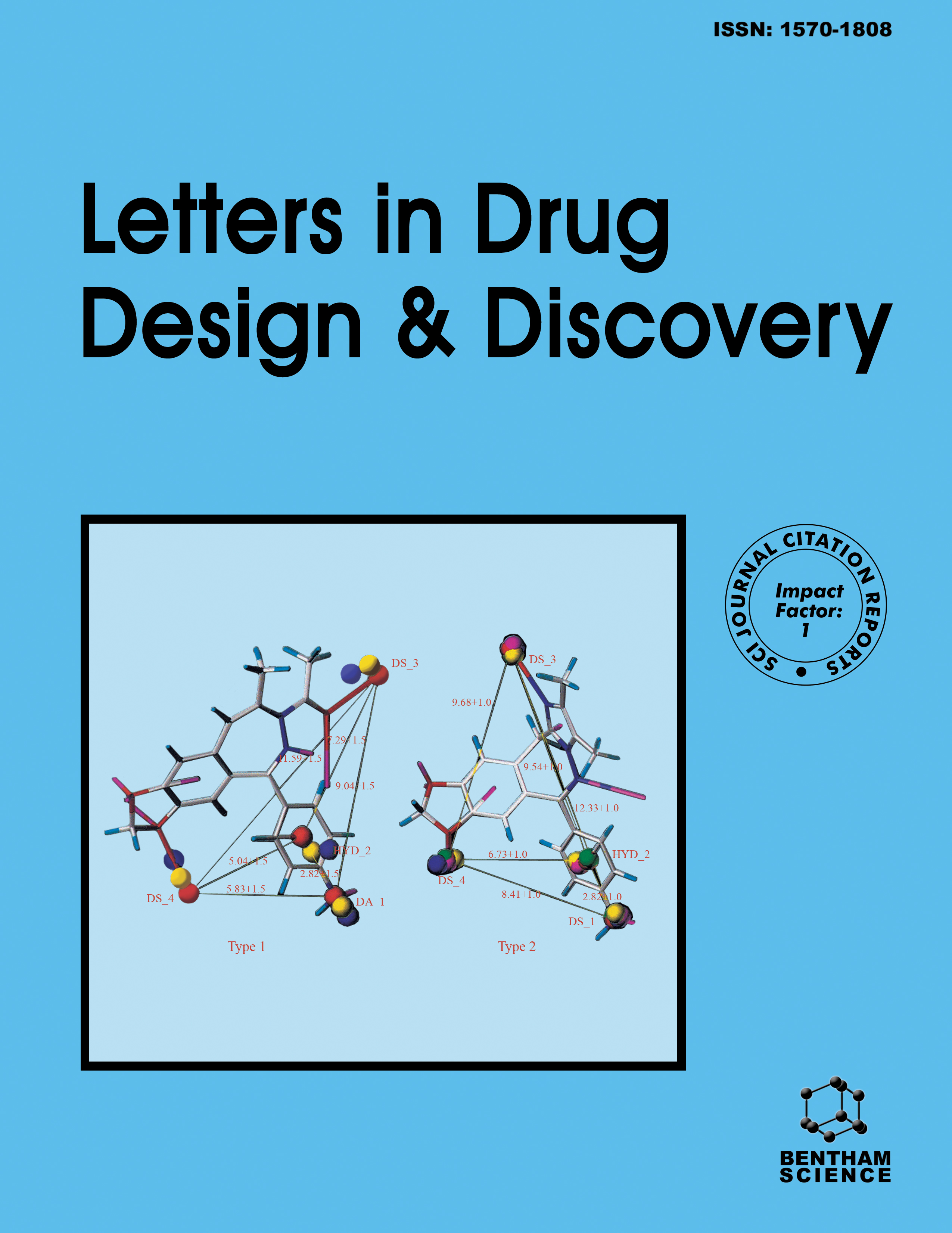-
oa Mechanisms Underlying the Therapeutic Effects of Banzhilian-Baihuasheshecao for Treating Pancreatic Ductal Adenocarcinoma Based on Bioinformatics Strategy
- Source: Letters in Drug Design & Discovery, Volume 21, Issue 13, Oct 2024, p. 2618 - 2643
-
- 19 Apr 2023
- 17 Aug 2023
- 06 Oct 2023
Abstract
Pancreatic ductal adenocarcinoma (PDAC) is one of the leading causes of cancer-related deaths. Banzhilian (BZL) and Baihuasheshecao (BHSSC) are classical Chinese herbs used in tumor therapy. However, the underlying mechanisms of BZL-BHSSC in treating PDAC have not been identified. Combining network pharmacology with single-cell RNA sequencing (scRNA-seq), this study systematically explored the potential mechanisms of BZL-BHSSC in the treatment of PDAC.
The bioactive ingredients of BZL-BHSSC were screened from the Traditional Chinese Medicine Systems Pharmacology Database and Analysis Platform (TCMSP) database, while the PDAC-related datasets were obtained from the Gene Expression Omnibus (GEO) database. Based on the dataset GSE62452, we adopted differential expression analysis and weighted gene co-expression network analysis (WGCNA) to screen the signature genes of PDAC. To reveal the cell types of the pharmacological targets of BZL-BHSSC against PDAC, we performed scRNA-seq analysis and principal component analysis (PCA) on the dataset GSE111672. Molecular docking and immunohistochemical staining were used to validate our initial results.
We obtained 29 bioactive ingredients from BZL-BHSSC and screened 210 signature genes of PDAC. Using network pharmacology, we identified 7 key therapeutic targets CDK1, MYC, CCNB1, TOP2A, CLDN4, NUF2, and MET, revealing that baicalein, quercetin, and luteolin are core components for the efficacy of BZL-BHSSC. The main signaling pathways involved in therapy were the PI3K-AKT signaling pathway and the p53 signaling pathway. The molecular docking results verified the strong binding activity (binding energy > -7 kJ/mol) between active ingredients and targets. The scRNA-seq results informed that cells from 3 PDAC samples could aggregate into 19 clusters and 3 cell types. The target genes were almost concentrated on the immune cells. Immuno-infiltration analysis suggested that the expression of Macrophages M0 and Dendritic cells activated was significantly upregulated in the PDAC group (p<0.001), while the opposite was true for B cells naïve and T cells CD8 expression (p<0.05).
We concluded that BZL-BHSSC can improve the overall survival prognosis of PDAC patients by interfering with the signature genes of PDAC through direct and indirect pathways and improving immunity. Our study provides a basis for subsequent studies.


